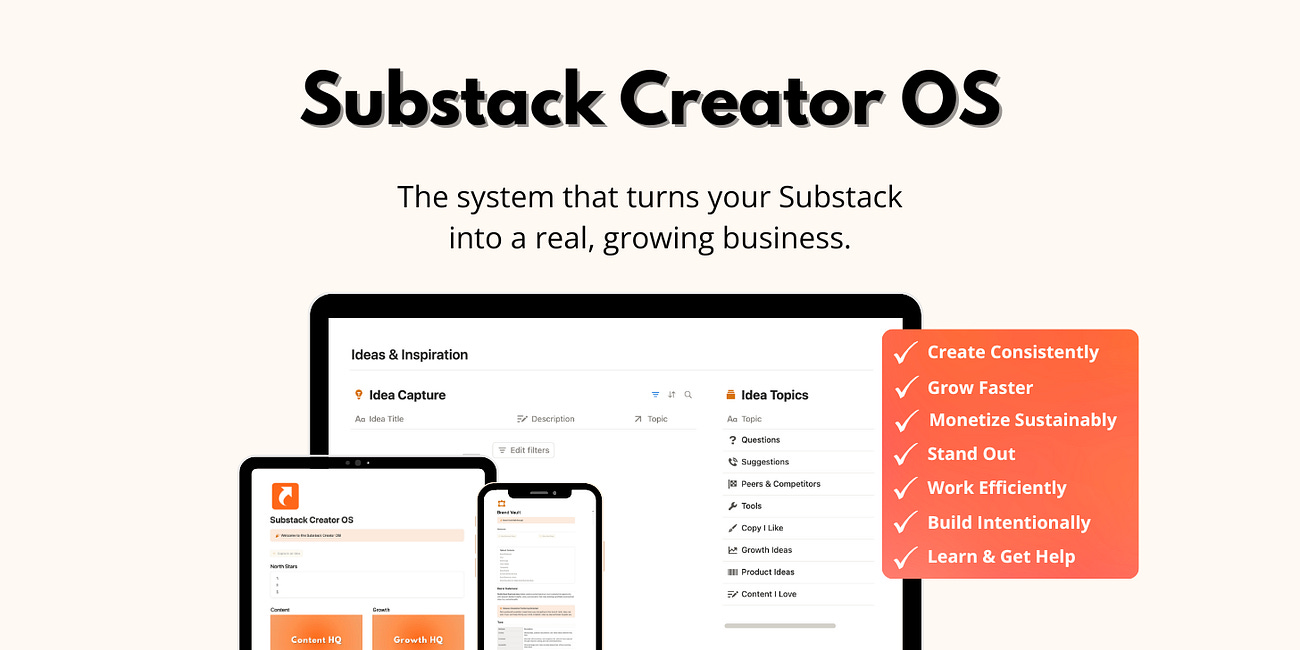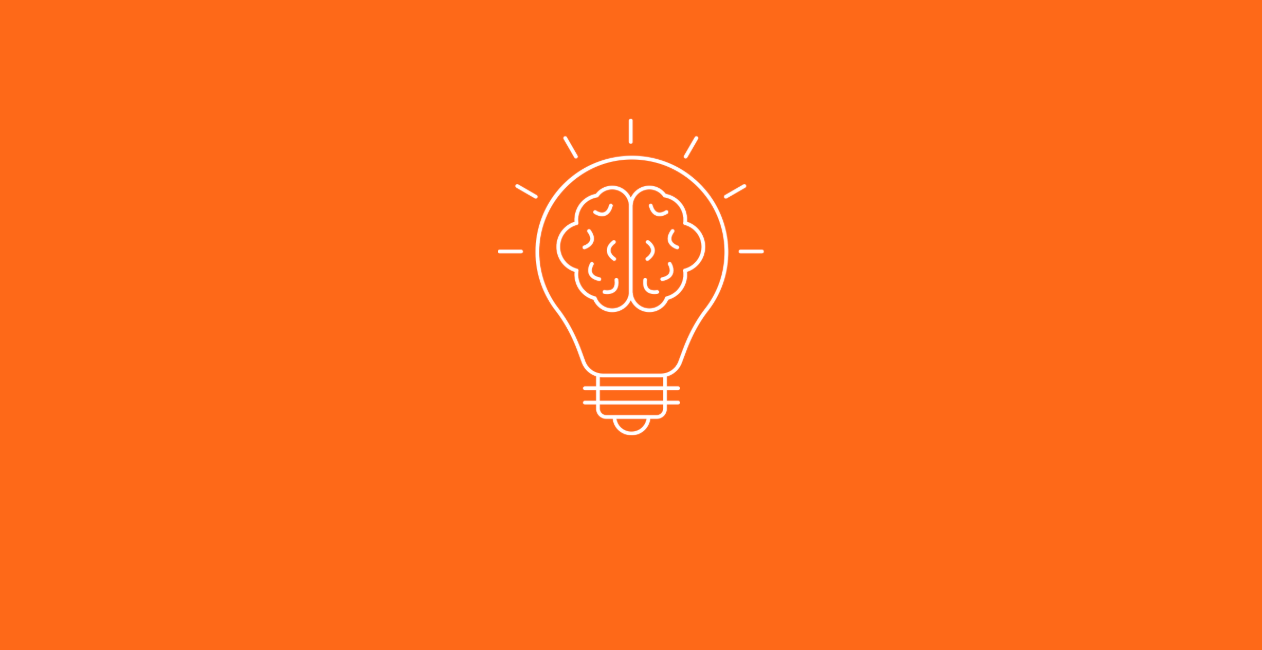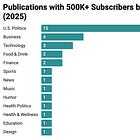12 Substack Features That Will Instantly Make Your Posts Look Professional
These rich content features will make your Substack look as polished as the New York Times.
✨ New: The Substack Creator OS is here!
A complete Notion workspace for running and growing your Substack like a pro.
Publish more consistently with a streamlined content pipeline that eliminates chaos and guesswork.
Grow faster by turning your ideas, posts, and outreach into a clear, trackable growth system.
Increase your revenue with built-in tools for managing sponsors, products, and your paid subscriber strategy.
Right now, it’s free for Premium subscribers.
What’s the secret to a professional-looking Substack? It’s not a big editorial team or a design degree. Substack is packed with rich content features that can elevate your writing and make your posts look damn good (but most people aren’t using them).
Achieving a polished, editorial-level design is already within reach. This guide walks you through 12 built-in tools that will transform your publication from looking like a simple 2009-era blog to a polished media brand. Whether you’re telling stories, publishing research, or building a full-blown educational platform, these features will instantly add credibility, intrigue, and visual polish to everything you publish.
Audio & Visual Content
Substack isn’t just for words on a page; it’s quietly becoming a multimedia platform. If you’re not using audio and video yet (guilty 👋), you’re leaving connection and creativity on the table. These features let you bring your voice (literally) into the conversation. Whether you’re layering in voiceovers, uploading images, or embedding content from other platforms, rich media adds texture, depth, and personality to your publication.
1. Images
Images are the ultimate tool for visualizing ideas, setting a scene, and giving your publication a professional, editorial feel. Substack treats images as a first-class feature, offering simple but powerful tools for presentation.
Substack allows you to easily format your images to maximize their impact with features like:
Captions: Add context, provide data sources, or give credit directly below the image.
Alt Text: Crucial for SEO and accessibility (a hallmark of professional content).
Basic Edits: Crop, annotate, redact, and filter images right in Substacl to get them just right.
Gallery/Carousel: Upload multiple images to create a polished, swipe-through visual narrative.
By utilizing these simple formatting options, you ensure your visuals don’t just exist on the page; they actively enhance your storytelling and polish your design, making complex ideas instantly digestible.
Find image examples in the articles below, plus great resources for sourcing your own visuals.
2. Voiceovers
Using your own voice makes a post feel intensely personal. Substack’s voiceover feature lets you record and embed a personalized audio track right into your post.
Why use it? It’s the easiest way to add an intimate, human connection to your writing. A voiceover turns a piece of text into a direct conversation, allowing your readers to hear the nuance, tone, and personality that can sometimes get lost on a page of dense text.
Use it for a brief intro, a personal note, to highlight key takeaways, or even to provide an audio version of the entire post. It’s an instant credibility booster that sets you apart from purely text-based newsletters.
You can see and hear an example of a Substack voiceover in my original introduction post below, where I recorded a voiceover of me narrating the post.
In the example below, rather than narrating the entire post, Reka Sarudi uses the voiceover feature to record a personal intro. It’s especially effective because she is writing about how to boost confidence as a non-English speaker. Since we can clearly hear her accent in the voiceover, it builds credibility for her point of view.
3. Audio
Beyond the quick, conversational voiceover, Substack’s native audio feature allows you to upload and embed any complete audio file directly into your post. This is a tool for richer storytelling: Use it to layer in relevant audio right inside your post like a soundscape from the location you’re writing about, a short clip from a news broadcast you’re referencing, or a full-length interview with a source.
When you use the native Substack audio embed, you aren’t just linking to an external player; you are giving your audience a seamless listening experience right inside the email and on your publication page. This eliminates friction and keeps your readers engaged with your content ecosystem, turning your Substack into a true multimedia hub.
4. Video
Substack lets you upload video files directly to your posts. Like the native audio feature, this bypasses the need for an external video platform, keeping your readers fully engaged on your publication page and inside the email.
While embedding a YouTube link (see feature 4) is great for distributing long-form video that lives on a platform you already use, the native video upload is ideal for short, high-impact clips that are central to your post. Use it for a personal message, a quick demonstration, or a unique piece of footage that you want to integrate seamlessly and immediately into your narrative.
For example, if I ran a baseball blog, I might share this video I took of Joe Carter wearing the Toronto Blue Jays home run jacket after throwing the first pitch at the recent World Series game 2 in Toronto!
5. YouTube
For many writers, YouTube is their home base for long-form video content. Substack makes embedding these videos beautifully simple. You can easily paste a YouTube URL directly into the editor, and Substack automatically converts it into a visually compelling, native-looking embed block.
This is the ideal feature when you want to drive traffic to your YouTube channel, link to a comprehensive video resource, or share an entire interview that you’ve already published elsewhere. While the video itself is hosted by YouTube, the clean embed design ensures a polished reading experience that doesn’t feel like you’re leaving your Substack publication behind.
You can see an example below of a YouTube video I’ve embedded from my Substack discussion with Kristina God on her YouTube channel.
6. Spotify
Whether it’s a curated playlist, a podcast episode you’re recommending, or the perfect soundtrack for your post, Substack lets you embed any Spotify content with ease.
Simply paste a Spotify URL (for a song, a playlist, or an album) to generate a clean, interactive player that keeps your readers engaged with your publication. Use this to set the mood for an essay, highlight an artist you’re covering, or reference a key podcast moment. This integration instantly gives your writing a polished, multimedia feel without requiring you to upload or host a single file yourself.
For example, I’m sharing this playlist of the 2025 Toronto Blue Jays walk-up songs for my fellow fans who may be in withdrawal after a historic season!
Substack Ecosystem Content
One of Substack’s most underrated superpowers is how beautifully it embeds its own content. Whether you’re referencing another post, sharing a note, or highlighting a fellow writer, Substack makes it seamless and visually appealing. These built-in embeds aren’t just functional; they look good, load fast, and feel native to your publication.
7. Post Embeds
One of the quickest ways to add visual interest and link to relevant content is by using post embeds. Substack automatically generates a clean, visually appealing card whenever you paste the URL of another post from your publication (or any other Substack).
These embeds are far superior to a basic hyperlink. They include the post’s hero image, title, author, and date, instantly creating a polished reference block that encourages readers to click through. Use this feature to:
Boost traffic to your related evergreen content from your archive, and build internal links that are crucial to SEO and GEO.
Collaborate with other publishers and share relevant articles, including guest posts on their publications.
This feature is essential for establishing a cohesive, editorial feel across your entire publication.
For example, here’s a post embed for another one of my articles below, which shares tools and tactics for brainstorming content ideas.
8. Notes Embeds
If your Substack publication has a presence on Substack Notes (Substack’s social layer), you can easily integrate that conversation and content directly into your post.
Simply paste the URL of any Note into your editor, and Substack generates a visually rich, self-contained card. This is perfect for:
Citing a specific comment or observation you came across on Notes that sparked a larger idea.
Highlighting reader engagement by embedding a popular Note with many likes or replies.
Integrating related multimedia that you shared quickly on Notes, but want to preserve in your archive.
These embeds look clean and native, bridging the gap between your quick social insights and your in-depth long-form analysis, making your publication feel current and interactive.
You can see dozens of embedded Note examples in my Notes roundup here.
Data Content
If you’re publishing research, analysis, or anything numbers-driven, good charts aren’t optional; they’re part of the storytelling. Substack supports rich, embeddable visualizations that make your data look as good as your insights sound.
9. Datawrapper Charts
Substack allows you to embed high-quality data visualizations from Datawrapper, a tool used by professional publications like The New York Times and Quartz.
Simply paste the Datawrapper embed link directly into your editor. Unlike low-resolution image screenshots of charts, these embeds are interactive, beautifully designed, and native-feeling, so they load perfectly in email and on your publication page. Leveraging Datawrapper instantly adds a layer of professional authority, making your complex data not just readable but visually compelling.
You can see several Datawrapper chart examples in my analysis of the most popular Substack publications.
Datawrapper can also be used to add tables to your Substack posts, which I explain in the post below.
10. Financial Charts
For publishers covering finance, markets, or investing, Substack offers direct integration with TradingView. This powerful feature allows you to embed professional-grade, interactive financial charts right into your post.
Instead of using static images, you can pull in charts that show real-time or historical data for stocks, cryptocurrencies, market indices, and more. This is an immediate signal of professionalism to your readers. The embedded charts are interactive, allowing readers to hover and see specific data points—a massive upgrade from a basic screenshot. This feature is essential for adding authority and dynamic visualization to any market or financial analysis.
Here’s an example showing the NVIDIA stock market performance.

Engagement Features
Great content gets read. Engaging content gets remembered and acted on. Substack makes it surprisingly easy to turn passive readers into active participants. With built-in tools like polls and buttons, you can invite feedback, spark conversation, and guide your audience toward meaningful next steps, all without writing a single line of code.
11. Polls
One of the easiest and most effective ways to boost engagement is by using polls. Instead of relying solely on comments, Substack’s native poll feature lets you ask your readers a question and get instant, quantifiable feedback.
Polls are perfect for:
Gauging interest in a future topic (e.g., “Which topic should I cover next?”).
Starting a conversation by posing a controversial or timely question.
Adding a quick, fun break to a long post to keep readers interacting.
The results update in real-time and are displayed as a clean, native chart right on the page. Using polls shows your audience that you value their opinions and makes your publication feel dynamic and collaborative.
12. Buttons
A professional publication is intentional about what readers should do next. This is where the native button feature comes in.
A clean, visually distinct button converts far better than a standard hyperlink. Substack allows you to customize the text and link for maximum impact. Use this feature to create a clear Call-to-Action (CTA) that encourages readers to:
Visit an external landing page or a product shop.
Engage with your community by linking to the comment section or a private chat.
Become a subscriber, upgrade your subscription, or buy a gift subscription.
You can click my subscribe button here to see how it works. 😉
Buttons add a visually undeniable action point to your post, giving your work a polished, marketing-conscious feel that drives meaningful results.
Substack is more than just a platform for sending emails. Whether you’re embedding rich visuals, adding multimedia, layering in data, or boosting engagement with polls and buttons, these tools help your publication stand out in a crowded inbox.
And you don’t need to use all 12 at once. Start with one or two that feel natural for your next post and build from there. Then, with the right features, your posts will feel polished, intentional, and even beautiful, without any tech or design help.
💬 Which feature are you excited to try? Reply and let me know, or drop a poll into your next post and ask your readers what they’d love to see more of.
To endless possibilities,
Casandra














Thank you for sharing this! I’ve just started my Substack writing journey and this is what I really need!
This was super helpful as a Substack newbie. Thank you!